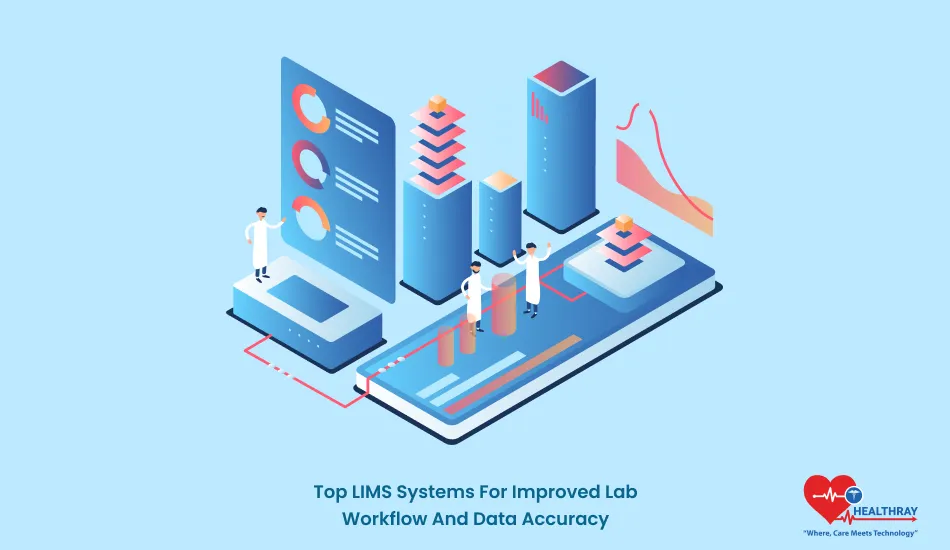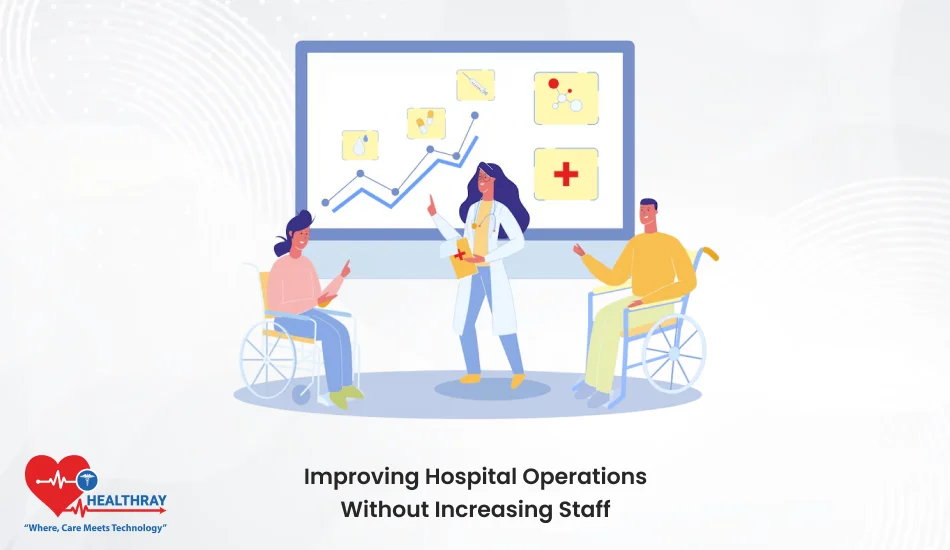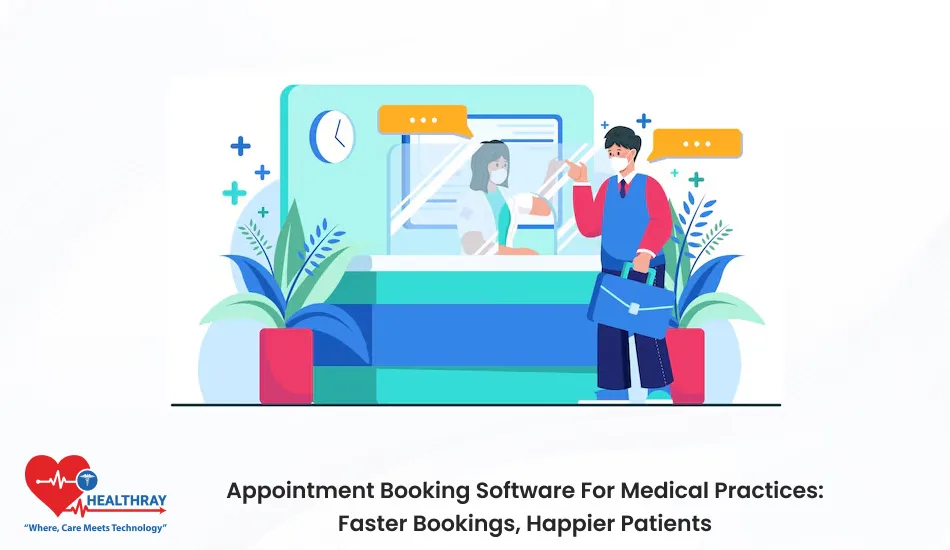Data volume expansion for today-s laboratory work needs effective, high-performance, and robust workflows that produce a mixed bag of high-quality data (via filtering or parsing) and sources code perhaps to automate a lab-scale experiment or laboratory management. A Laboratory Information Management System LIMS system could be the answer for pharma professionals, laboratory managers, clinical researchers etc. Why is it so hard to choose the right LIMS when so many options are available, right?
Part of the role of a successful Laboratory Information Management System is data storage. Workings are vastly simplified, possibilities of human error are minimized, the agency is always complying with the regulating agency, and knowledge is concentrated, so it can be quickly retrieved and also secured sufficiently. We shall discuss some of the best LIMS systems available, highlighting their particular advantages and help you find one that best suits your lab.
No matter if you are seeking to further optimize workflow or to get a significant update in the form of data quality, it shall equip you with the foundation to dramatically improve your lab workflow.
Benefits of Using LIMS System
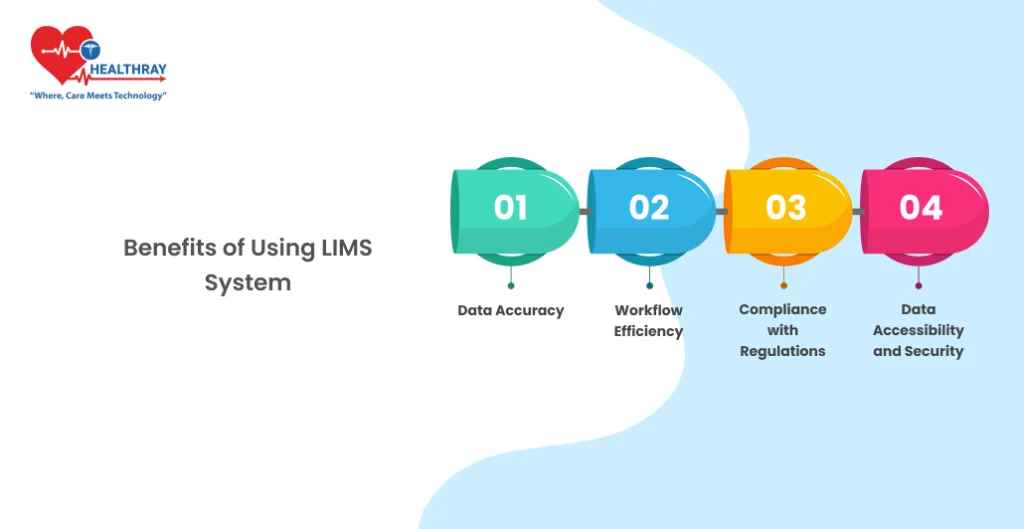
Besides software, a LIMS is a resource for routinely meeting the data management, accuracy, and regulatory compliance challenges that redefine the work environment in a laboratory. Summary of main advantages follows:
Data Accuracy
Data entry through manual processes is prone to errors in, for instance, the handling of hundreds or thousands of samples in labs. A LIMS system offers automatic logging and validation of data and error minimization. It guarantees data integrity all the way to and through applications such as research, clinical research, or quality control, at any stage.
Workflow Efficiency
In lab workflows, there are routine operations including sample processing, data logging, and so on. A LIMS will do this by automating the procedure which saves time and can reduce human interaction. Freeing personnel from the administrative tasks in the laboratory is not a difficult task, which contributes to the users’ ability to handle other tasks, reducing work time and time on the project.
Compliance with Regulations
In laboratories, particularly in clinical and pharmaceutical companies, there is a tight regulatory requirement. LIMS systems are equipped with various functions that provide data documentation, audit trails, and data traceability, which are essentially critical for complying. This simplifies audits and makes regulatory inspections smoother.
Data Accessibility and Security
This will simplify data collection and sharing due to a single, centralized data pipeline. In addition, modern LIMS solutions usually include secure access protocols and options for cloud storage, so data is accessible but protected from unauthorized access or loss.
Retaining these advantages, a good LIMS system would be a capable instrument to improve laboratory accuracy, productivity, and good housekeeping of compliance. Next, we’ll look at what features to prioritize when selecting the right LIMS for your lab needs.
Criteria for Choosing the Right LIMS System
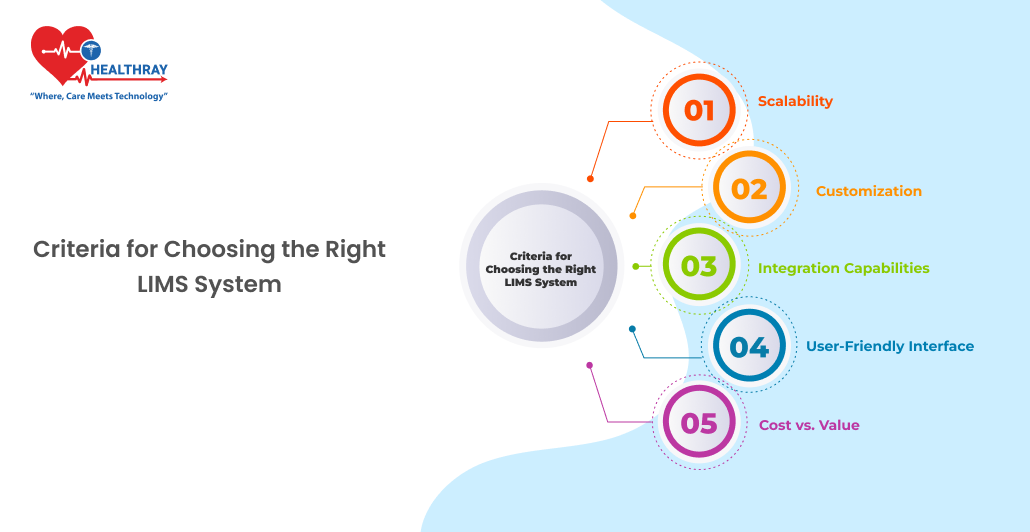
When selecting a LIMS system, one needs to think more than just at a fundamental level. There are different needs for laboratory managers, clinical research staff, pharmaceutical companies, etc. The points below should be taken into account when comparing LIMS solutions:1.
Scalability
With the evolution of developments, they, in turn, acquire the effects in labs, data, workflow, etc. This is a scaling LIMS system; the number of laboratories it scales up with is greater, the amount of data scaled up with the number of laboratories is greater, the number of customers scales up with the size of the laboratory, and new capability is gradually added to the system as the size of the laboratory increases. Identify systems and modules whose design allows for relatively easy changes without having to redo the entire system.
Customization
Every lab has unique processes. A conformable LIMS is well suited for such workflows as you can introduce or modify modules if needed. A strong desire exists to support clinical sample management, research data logging, and compliance requirements via the ability to personalize.
Integration Capabilities
Labs often work with various equipment and software. A LIMS, which integrates seamlessly with the rest of the instruments in the laboratory, data, and ERP computer programs is desired. Strong integration ensures smoother data transfer and reduces errors from manual entry, creating a unified workflow from instruments to data reporting.
User-Friendly Interface
A LIMS should be easy to learn and navigate. Systems that use intuitive interfaces shorten the learning curve experienced by lab personnel, thereby accelerating, streamlining and decreasing the number of errors associated with onboarding. In addition, the simple user-friendly design enables the system to be more productive to the user during a work day because the user is able to access the information and features of the system in an easy way.
Cost vs. Value
The cost of a LIMS varies significantly. There is a temptation to choose the most affordable option, but in the long term, value has to be taken into account in conjunction with the price. Assess ROI regarding the ability of the system to decrease time, decrease errors, and adhere to the regulations. It would be worth thinking about whether features are “nice-to-haves” or “must-haves” in a low budget lab considering such a situation while taking it into a decision.
This criteria can help lab managers, scientists, and pharmaceutical staff select a LIMS to meet their requirements. Wisely selected, as of today, at the moment of writing, it could become a last impact on compliance, quality of data, capacity of the laboratory in some process at some time in the future.
Best LIMS Systems for Lab Workflow and Data Quality
Below are the functionalities offered by currently available LIMS systems that have focused their offerings on improvement of laboratory workflow, data validity and regulatory compliance. Each has its strengths, and each was built to accommodate various needs from the small research laboratory to the major pharma enterprise.
Healthray LIMS
Overview: Healthray is said to be quite flexible and supports deep customization. It finds application in several sectors such as pharmaceutical, environmental testing, and clinical research.
Key Features:
- Modular design which can be expanded feature-wise based on lab needs
- Compliance control measures which are very complex like audit logs and data protection data
- Lab instrument and other software integration
- Best Suited For: Labs that need a robust, flexible, and elastic system but are rather worried about extreme regulatory compliance.
Bigscal
Bigscal has an easy interface with good integration. Mobile accessibility is another feature wherein lab managers will be able to access data and the workflow from remote areas.
Key Features:
- Mobile-friendly interface and remote access
- Reporting tools and options for data visualization
- Flexible deployment options- cloud or on-premises
- Best for: Lab that has a need to access remote data and reporting of robust quality especially for clinical and research applications.
SampleManager LIMS
Overview: SampleManager is an extremely robust solution for managing and reporting on your data. Research and pharmaceutical labs who are required to process numerous samples find this of particular attractiveness.
Key Features:
- Complete tracking and data management of samples
- Tie into various instruments and third-party software.
- Configurable workflow to support their specific lab’s needs
- Best For: Curational labs that arise from the explosion of data and are defined by the need to implement sophisticated tools in the management of samples and their reporting.
These all have been created to answer some specific need of the laboratory in terms of improvement in the quality of collected data, streamlining of workflow processes, or for compliance purposes. The subsequent pages demonstrate a variety of real-life application scenarios for a LIMS system that may provide positive benefits for virtually any laboratory process.
Folding LIMS systems into actual world laboratory systems can be used to more accurately identify the right fit. Below are some illustrations of how various labs are using LIMS solutions to optimize workflows, assure data quality, and meet compliance requirements.
Clinical Research Labs: Secure Data Management and Regulatory Compliance
- Challenge: Clinical research laboratories handle the PHI of private patients and operate within an extremely tight regulatory environment.
- These systems have extensive usage in clinical research laboratories, as STARLIMS and Biovia LIMS have security and FDA approvals. Such systems have the safe writing of the data logged, audit trails of the logging, and access control, that is necessary for the confidentiality of the patient’s information.
- Result: Effective data management, reduced probability of regulatory violations, and more efficient auditing process which altogether make the navigation through clinical trials process easier.
Drug Development: Sample Tracking and Documentation
- Problem: The pharmaceutical industry deals with hundreds of samples in various stages of development. It is a requirement for accurate tracking and documentation.
- Solution: In the pharmaceutical industry, there are two options available: Pharmaceutical Sample Manager LIMS and LabWare LIMS. Both the systems provide full sample tracking from first test to last analysis, ensuring data logging and availability at each stage.
- Result: Greater precision in the handling of samples by human error and also traceability, in addition to greater precision in the gathering of data, all combine to hasten faster and safer drug development, a feat that is achieved much faster today.
University and Research Labs: Improved Teamwork and Data Exchange
- Challenge: In academic and research lab teams collaborate and also shared studies and data sharing. In addition, recording of experimental data longitudinally is a pain in the neck.
- Solution: Both Benchling and LabVantage LIMS are best suited for the usage in academic and research labs due to interoperability and cloud access. More specifically, Benchling is designed for teams who allow team members share data, maintain records, and track in real time.
- Result: Increased teamwork/collaboration, wider access to pooled data, and better organized project management all play a part which leads to those to speed up research and ultimately lead to more standardized, reproducible outcomes.
Environmental Testing Labs: Automation of Routine Tasks
- Challenge: Routine, high-throughput environmental testing labs carry out tests that are often labor-intensive if managed without an automation component.
- Solution: With both LabWare LICS and STARLIMS possessing high levels of automation, they are able to automate repetitive procedures, such as sample tracking, data entry and reporting. This allows savings of the effort of lab staff and high accuracy.
- Result: The savings of time, reduction of manual errors and higher turnaround rates of results all allow a lab to cope with a higher workload in a more efficient way.
These are examples of the wide versatility of LIMS systems to a range of laboratory applications. Using a good LIMS solution productivity, data accuracy and compliance are improved and lab workflow accommodates particular industry needs.
Conclusion
With an ideal LIMS system, laboratory operations can be radically improved by delivering improved, reproducible data quality, better workflow integration, and robust help in regulatory compliance. Whether it’s cloud access for remote collaboration, comprehensive data security, or automated sample tracking, lab managers, clinical researchers, and pharmaceutical companies greatly benefit from a system designed to meet their specific needs.
Since each of the proposed Hospital Management System solutions mentioned above has its own unique advantage, it is important to attentively choose your solution based on your lab size, data demand, and expansion strategy. Labs can be streamlined for saving time, minimizing errors, and a shift of focus towards what leads research and development with the right LIMS.
